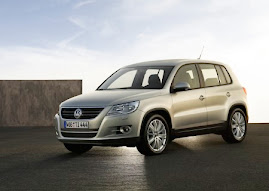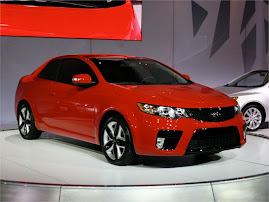
Says Prof. Dr. Martin Winterkorn, Chairman of Volkswagen Group, "Italdesign is a figurehead of Italian design and engineering creativity. We have been working together closely in a spirit of partnership for many decades." In reality, that may be an understatement. After all, Giorgetto Giugiaro is credited with penning the original Volkswagen Golf/Rabbit and Scirocco – two classic shapes that went on to define the VW brand for the last few decades.After a research study to determine what Volkswagen vehicles of the future may look like, Giugiaro (now owned by the Volkswagen Group) focused on two distinct concepts, one of which is the Go! that you see here (the other is the Tex, which we've already shown you). The design firm thinks of the Go! as a multi-purpose vehicle for urban areas, and as such, it measures just four-meters in length and runs solely on electricity using VW's proprietary Blue-e-motion EV technology. According to the automaker, the Go! is capable of traveling about 150 miles on electric power alone.Like the Tex, the Go! concept uses VW's modular transverse architecture, which was designed to accomade a diverse range of powertrain options, including plug-ins, internal combustion engines and even hydrogen fuel cells. Despite the Go!'s relatively dimunitive exterior dimensions, its 106-inch wheelbase matches that of the larger Passat. The battery pack sits beneath the passenger compartment, covering the areas of both the front and rear-seat passengers.VW and Giugiaro are keen to highlight the large glass area of the Go! concept. Such a configuration allows for plenty of natural light and offers maximum visibility. Interestingly, though, only the lower part of the glass is actually electrically lowered (have a look at the image gallery below to see what we mean), and the concept relies on video cameras to give the driver a view of his or her surroundings.Other interesting design details include rear doors that push outwards and pull back parallel to the vehicle, a high seating position that caters to drivers who prefer the visibility of an SUV and the control panel that is placed at the base of the windshield, well back from its normal location behind the steering wheel. - Autoblog













_(544x408).jpg)


No comments:
Post a Comment